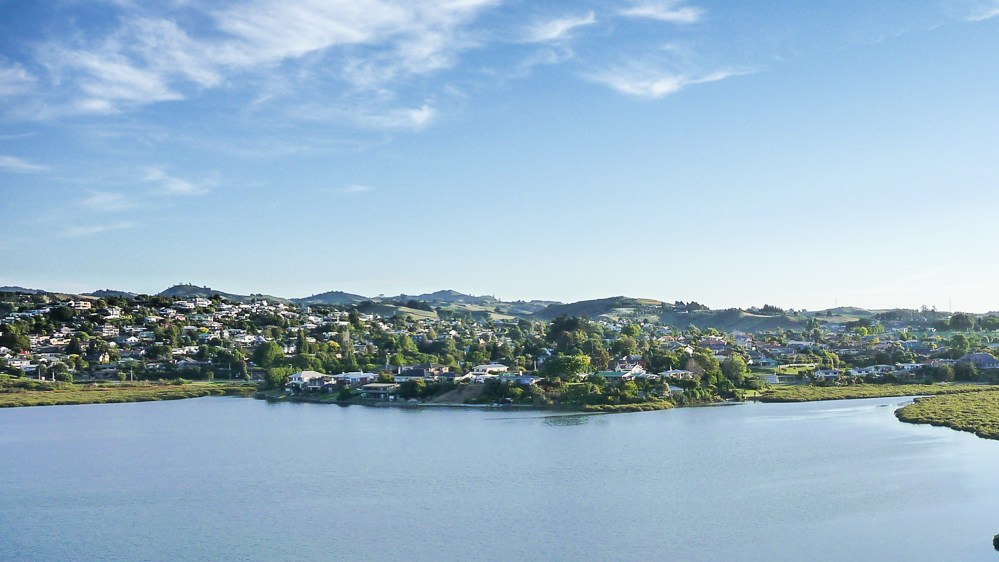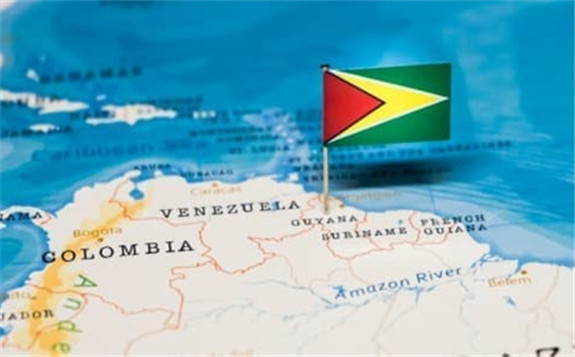
The full report, “GeoHeat Potential of the Tauranga Geothermal System,” can be accessed directly via this link or at the BOPRC website.
BOPRC commissioned GeoExchange to produce this report in the wake of EECA’s Regional Energy Transition Accelerator report for the Bay of Plenty. The Council wanted to investigate if geoheat in the western Bay of Plenty has potential to be used for renewable energy, and, most importantly, if it is sustainable to do so.
GeoExchange is a recently launched company that has made its mission to identify, protect, and develop New Zealand’s lesser known but abundant low-temperature (10 °C to 50 °C) groundwater and geothermal resources.
“Geoheat” applications for low-temperature geothermal
The Tauranga Geothermal System (TGS) covers an area of approximately 875 sq. km. in the western Bay of Plenty region on the North Island of New Zealand. It is a low-temperature geothermal system characterized as a groundwater system warmed by underlying geothermal influences. The groundwater temperatures in this area range from approximately 15 °C in the absence of a geothermal influence up to a maximum recorded temperature of 70 °C. Approximately 70% of consented wells are shallower than 200 metres and the deepest well is at 916m.
As the temperatures are not sufficiently high for electricity generation, the focus of this report was on how to extract value from this low-temperature geothermal resource in the form of renewable and affordable geoheat. Using geothermal heat in this way is often referred to as ‘geoheat’ and this term is used throughout the report.
Opportunities and challenges
The report highlights that a lack of awareness of the presence and potential of the resource is a key factor that is holding back the wider utilization of available geoheat. There is need for increased communication to let the people know about the different end uses of geoheat (agriculture, light industry, residential and commercial heating and cooling), different technology applications (closed or open loop, direct use or heat pump-assisted), sustainable management practices, and the full breadth and depth of the resource.
To help in increasing awareness of geoheat resources and applicaitons, the report includes resource characterisation maps that demonstrate the potential for direct geoheat applications and for indirect, or ground source heat pump (GSHP) assisted applications with closed or open loop systems.
Depth distribution of temperatures greater than 30 °C as a proxy of direct use potential in the Tauranga Geothermal System, New Zealand (source: GeoExchange NZ)
Highlighted on these maps are key regional future development / growth areas that are outlined in the coordinated regional strategy, SmartGrowth (2024) and an assessment of the geoheat potential for each development is made. The potential for district heating and cooling schemes is favourable for most of these future developments / growth areas, positively reflecting the available resource that is the TGS.
By building an understanding of these maps and their limitations, and of geoheat technology, this report can be used by stakeholders to better understand the geoheat potential of the TGS.





